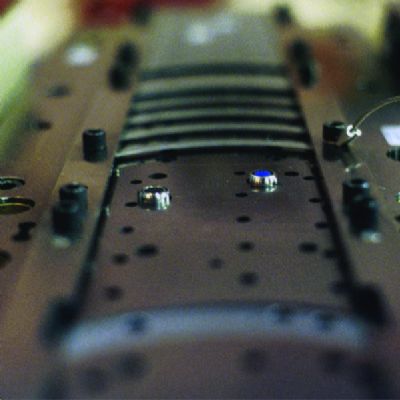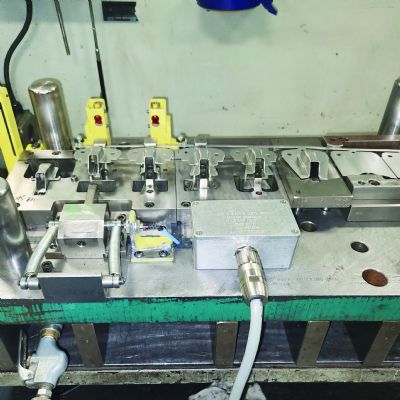Another area where capacity can be a problem is the controller’s setup memory. The controller should have enough storage to retain the settings for all of the dies that the press can run—and a means to make a backup copy easily. It can take years to create settings for all of your dies.
2. & 3. Accuracy and Speed
A typical resolver-based control provides timing signals accurate to ⅓ deg. of press crankshaft angle. This is more than accurate enough for all die-protection applications. If using a time-based control or a system that requires an external timing source, ensure that the timing signals are accurate and repeatable to a minimum of 5 deg., especially if running the press faster than 120 strokes/min.
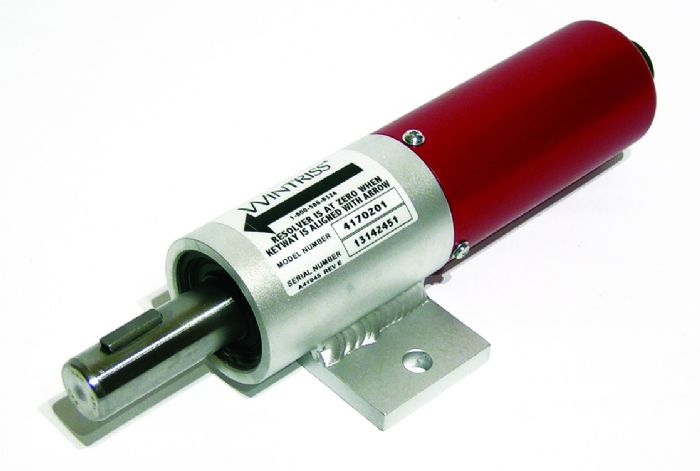 Choose a high-speed die-protection controller even if running at low to moderate speeds. Why? Some sensor actuations are short, regardless of press speed. The signal from an air-ejected part flying past a photoelectric sensor may last only 10 msec.
Choose a high-speed die-protection controller even if running at low to moderate speeds. Why? Some sensor actuations are short, regardless of press speed. The signal from an air-ejected part flying past a photoelectric sensor may last only 10 msec.
4. Available Monitoring Logic
This is where the details really matter. Different events in the stamping process must be monitored in different ways, and the control must have the appropriate monitoring logic to detect each malfunction.
Some examples of monitoring logic and how such logic detects a malfunction:
Static, Normally Closed. This monitors a sensor that is always on when the press runs normally and turns off when the malfunction occurs—an end-of-material sensor, for example. When material is present, the sensor detects it and stays on. When the material runs out, the sensor turns off and the control stops the press.
Static, Normally Open. Here, the sensor stays off with the press running normally and turns on when the malfunction is detected—useful when using mechanical probes to detect material buckle. If the strip buckles, it touches the probe and actuates the sensor.
Cyclic Momentary. A sensor must detect a momentary event during a preset portion of every press cycle, such as ensuring that a part has been air-ejected on the upstroke.
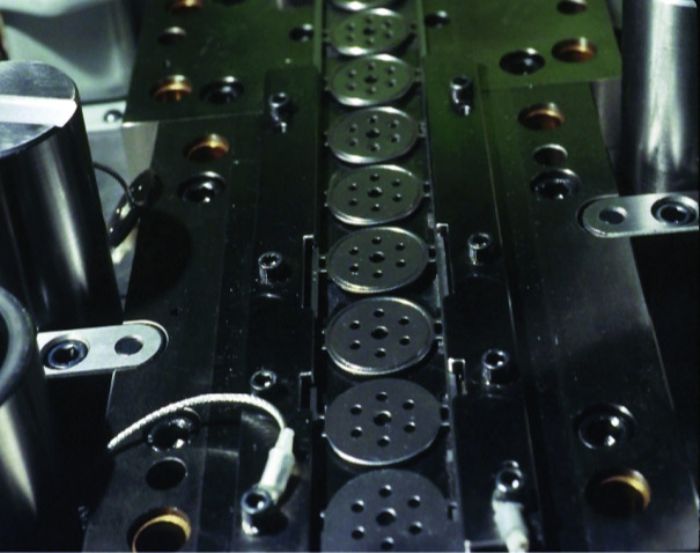 Cyclic Maintained. This logic exists to monitor a sensor that should actuate at a specific time on every stroke and stay actuated for a prescribed portion of the cycle. This proves useful for monitoring a short-feed sensor designed to ensure that the material feeds properly and stays in the fully fed position until the pilots are in the strip.
Cyclic Maintained. This logic exists to monitor a sensor that should actuate at a specific time on every stroke and stay actuated for a prescribed portion of the cycle. This proves useful for monitoring a short-feed sensor designed to ensure that the material feeds properly and stays in the fully fed position until the pilots are in the strip.
Cyclic Restricted. This type monitors an event that must start and finish during a preset portion of the cycle. This logic applies to anything that moves in and out of the die area that should not be present when the die closes. For example, this logic type should detect an air cylinder used for part ejection or a transfer mechanism.
Cyclic Intermittent. This type monitors events that must occur periodically as the press runs, but not necessarily on every stroke, such as detecting slugs being ejected through the bottom of the die.
Cyclic Masked. This monitoring type is required to detect an event that must occur at a specific time during the stroke, but not on every stroke. This might include part ejection for a part such as a continuous hinge that requires multiple press cycles.
Finally, in addition to the expected failures, a control system should be able to detect malfunctioning sensors, known as fail-safe detection. For example, a cyclic sensor might short or stay actuated for an entire stroke, such as when a part fails to fully eject, and instead sticks in front of the sensor.
5. Ease of Setup and Use
This characteristic is both extremely important and difficult to quantify. A die-protection system will not be effective if operators are unable or unwilling to use it. User-friendliness is difficult to quantify because you cannot really recognize it until you use it.
Before choosing a controller, ask a control equipment representative to visit with a demonstrator unit, or remotely test drive the control interface. Verify that the controller provides onscreen help. Ask for references from companies that already have implemented the system.
Lastly, obtain a copy of the control manual. If manual instructions are confusing and poorly worded, it’s likely that the control interface is, too. Today’s powerful and flexible die-protection controls can detect both common and unusual die malfunctions. When you need to set up an unfamiliar function, the manual might be the first resource available. MF
Press Controls and Sensors Series, Part 2: Pairing Sensor Types with the Problems They Address
Press Controls and Sensors Series, Part 3: Best Practices for Die Protection
Press Controls and Sensors Series, Part 4: Die-Protection Troubleshooting: Three Cases Explored
View Glossary of Metalforming Terms
See also: Wintriss Controls Group LLC
Technologies: Pressroom Automation, Sensing/Electronics/IOT
Comments
Must be logged in to post a comment. Sign in or Create an Account
There are no comments posted.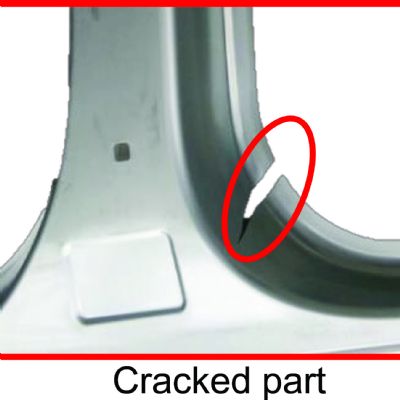 Quality Control
Quality ControlIndustry 4.0 Applications in the Sheet Metal Forming Industr...
Eren Billur March 27, 2025







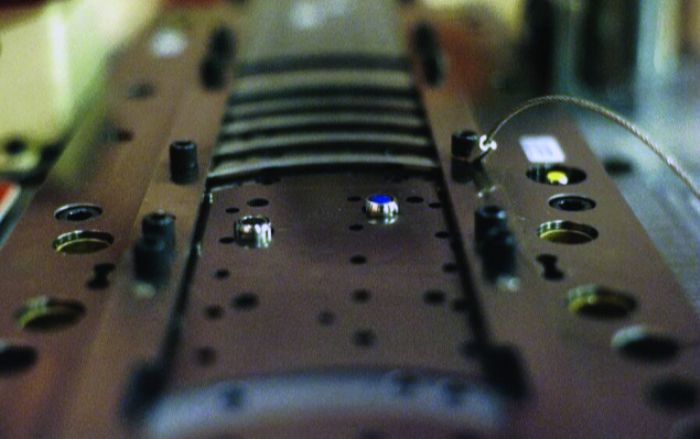 The most important decision metal formers will make when starting a die-protection program is their choice of controller. A misstep here can doom the program before it even starts.
The most important decision metal formers will make when starting a die-protection program is their choice of controller. A misstep here can doom the program before it even starts.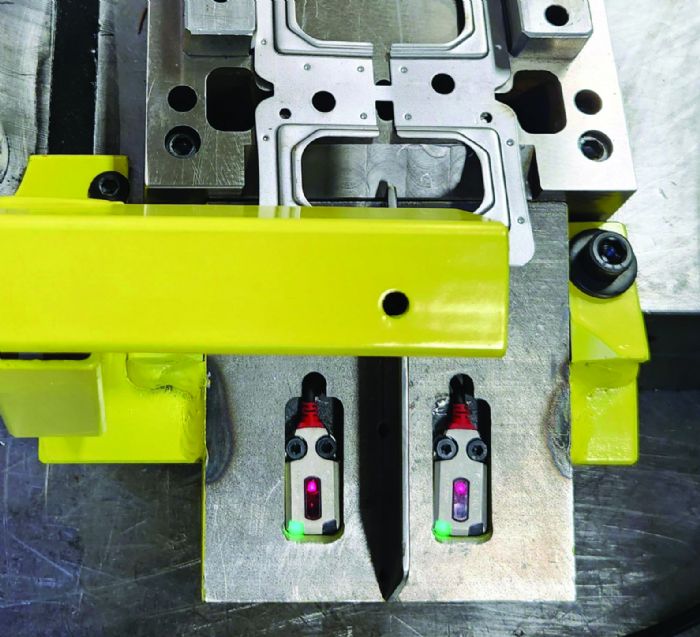 Review your die maintenance and quality control records to identify other recurring die malfunctions or quality problems, and plan to install sensors to detect these problems as well. Keep in mind that some malfunctions require multiple sensors for detection. For example, if a die has difficulty with slug pulling, detect this condition by looking for a high stripper at bottom dead center, but this requires four sensors per stripper plate. Transfer dies require an additional two sensors per station for part pickup and part-in-place. It is prudent to select a controller with slightly more capacity than needed to account for unforeseen malfunctions in the future.
Review your die maintenance and quality control records to identify other recurring die malfunctions or quality problems, and plan to install sensors to detect these problems as well. Keep in mind that some malfunctions require multiple sensors for detection. For example, if a die has difficulty with slug pulling, detect this condition by looking for a high stripper at bottom dead center, but this requires four sensors per stripper plate. Transfer dies require an additional two sensors per station for part pickup and part-in-place. It is prudent to select a controller with slightly more capacity than needed to account for unforeseen malfunctions in the future. 